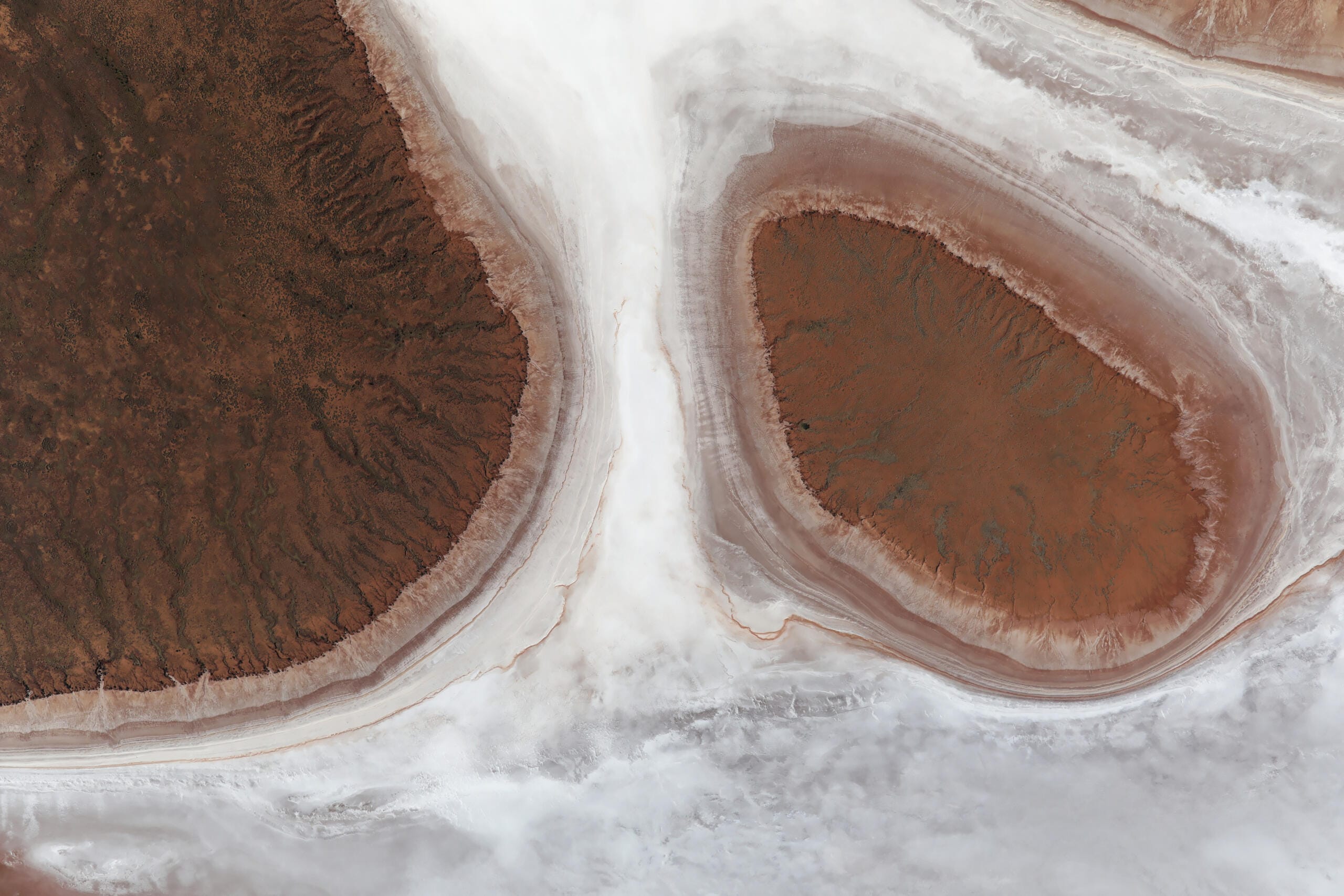The Mardie Offset Marine and Intertidal Research Program, has provided the opportunity to study Western Australia’s West Pilbara coastline in unique detail.
The offset program, which is led by the Western Australian Marine Science Institution was established to develop an understanding of the West Pilbara’s intertidal habitats, with a focus on mangroves, microbial mats and salt marsh, and the changes these habitats may face in the future due to climate change and salt project developments. It is supported by BCI Minerals as part of Ministerial conditions.
Dr Kelly Waples from the Department of Biodiversity, Conservation and Attractions, who is the scientific coordinator for the Program, said researchers were gathering data in locations and on topics that had previously not been studied. This would help inform decision making and management of important intertidal habitats and the Pilbara region for the future.
“There were specific knowledge gaps that needed to be addressed so development proposals such as those for large-scale solar salt projects could be more thoroughly evaluated, supporting sustainable ecosystems alongside development.” Dr Kelly Waples
She said the area had remarkable ecosystems with extensive tidal creeks, tidal flats, cyanobacterial mats, mangroves, salt marsh and other low-lying coastal landforms. These ecosystems support a broad range of biodiversity including invertebrate communities, fish communities and protected and threatened species such as marine turtles, sawfish and migratory shorebirds.
The research themes, set up under the program included habitats and ecosystems and key fauna they support (shorebirds and green sawfish).
“Three of the Mardie projects have involved improving our understanding of the intertidal and coastal habitats of the Pilbara, their importance, ecological role and extent. This has included mapping the different coastal habitats and understanding how they have changed over time, including predicting the potential implications of sea level rise from various climate change scenarios.”
“Scientists have already created a broadscale intertidal habitat map of the region and are working up a finer scale one that will support decision-making.” Additional research has focused on investigating the ecosystem role and function of these habitats to highlight their importance to the broader coastal and marine environments.
Two additional projects look at specific biodiversity groups, namely green sawfish and migratory shorebirds to understand their distribution and abundance across the Pilbara and in critical habitat areas.
Each of the projects has two leaders and teams of researchers from the WAMSI partnership.
Dr Waples said the projects were at various stages.
“Main components of the three original projects are nearing completion, however additional work for these and the two new projects will extend the program into 2026.”
“The progress has been really strong, especially given the remote and challenging conditions for the fieldwork including the terrain and cyclones.”
She said findings were being passed on to the Department of Water and Environmental Regulation and the federal Department of Climate Change, Energy, the Environment and Water as the program progressed.




